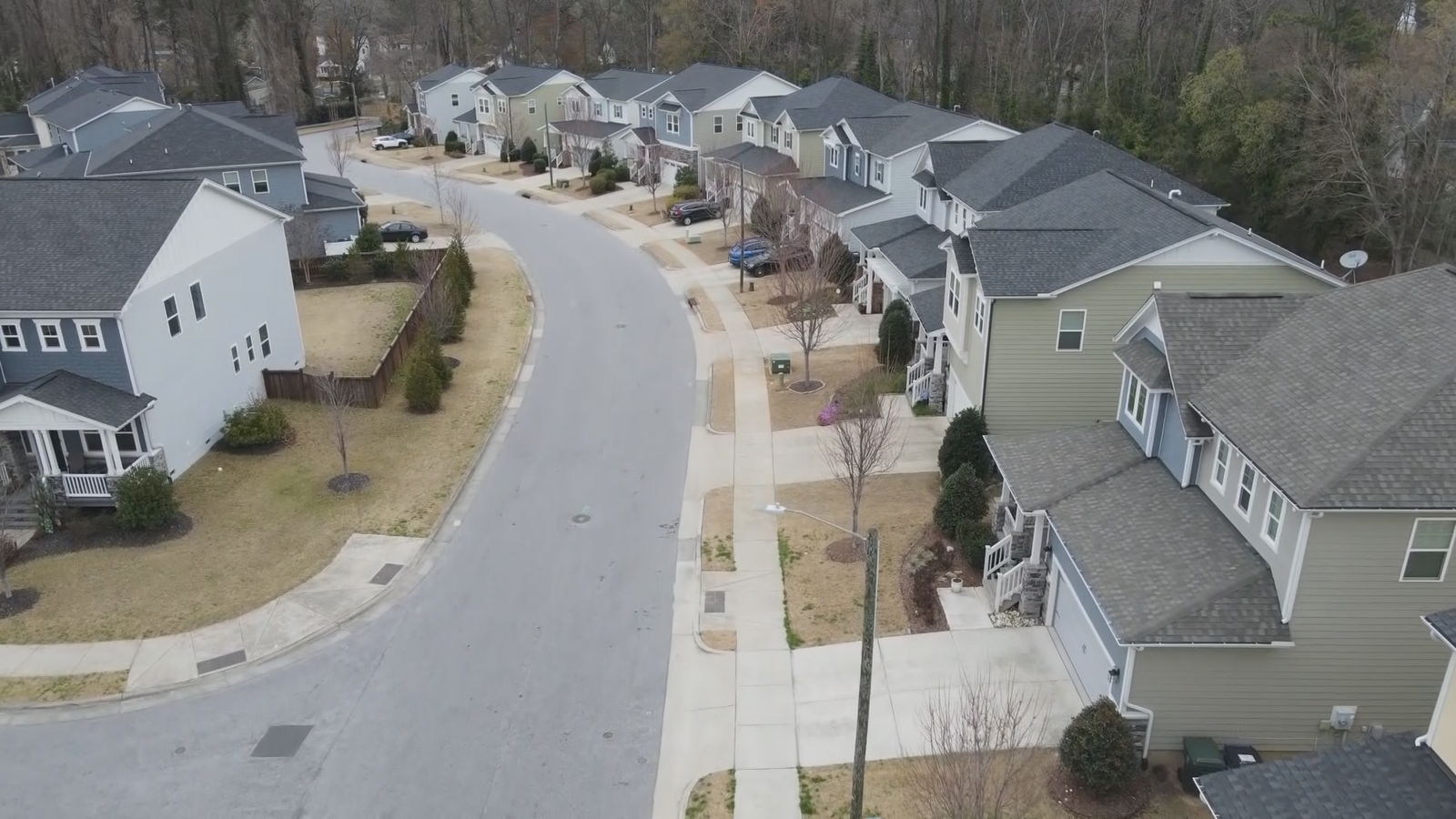N
orth Carolina’s housing market is being reshaped by soaring insurance premiums, fresh flood data, and growing climate uncertainty, forcing buyers to rethink where they live.
The state’s real‑estate landscape has shifted dramatically since Hurricane Helene tore through western North Carolina last year. The storm’s damage went beyond washed‑out roads and broken homes; it altered how many people view property value and safety. Climate risk is now a key factor in the market, influencing everything from insurance costs to buyer confidence. Realtors say the conversation has moved beyond square footage and school districts to include stormwater maps and flood histories.
Ashley Rummage, a Raleigh‑area agent who grew up in Boone, describes Helene as a wake‑up call. “We have an ethical duty to our clients to be more informed about sustainability and the built environment,” she says. “We need to be educated on how to advise people when it comes to where to look for floodplain information.”
Traditional FEMA flood maps are being supplemented—and sometimes contradicted—by newer predictive tools. The First Street Foundation database, integrated into Zillow listings through a “climate check” feature, estimates a property’s future vulnerability to flooding or wildfires. Rummage notes that while this data helps buyers become more informed, it also creates uncertainty. Many North Carolinians, already anxious after seeing neighbors hit hard by Helene, are now navigating conflicting information about their own risks.
“We’ve had clients who see their home rated at higher flood risk on Zillow, while FEMA shows they’re not in a floodplain,” Rummage explains. “It’s confusing for consumers. They need someone they trust to help make sense of it.” To bridge the gap, she often contacts the City of Raleigh’s stormwater division directly for parcel‑by‑parcel information, ensuring her clients can make informed decisions.
This extra effort has become more common in a state where climate patterns and real‑estate trends are evolving together. Sharon Gupton, president of the Raleigh Regional Association of Realtors, says awareness has grown dramatically among buyers and builders since the 1980s. “Every homeowner and home seller is more inclined now to understand that weather affects so much of our properties,” she says. “As agents, we talk through that with them. The public is just much more knowledgeable about how the environment affects our homes.”
Despite this growing awareness, Gupton notes that few buyers make insurance costs or flood risk their top concern at first. “People are motivated by price and location,” she says. “Those other factors come up later, often when lenders go over the costs.” Yet those costs are becoming harder to ignore. Insurance premiums have climbed sharply in North Carolina and across the country, driven by mounting claims from extreme weather. Some major insurers have already scaled back coverage in high‑risk areas, and agents are beginning to see the effects in buyer hesitation.
Craig Foley, chief sustainability officer for LAER Realty Partners and a member of the National Association of Realtors’ executive committee, calls climate change “an existential threat to the industry.” “We’re seeing insurance costs skyrocket in Florida, Louisiana and California, and that’s creeping north,” Foley says. “It’s not just coastal flooding. It’s wind, hail, extreme heat. The insurance industry knows it.” Foley, who trains agents nationwide on sustainable building and climate resilience, believes climate risk is already playing a role in the national housing slowdown, especially among younger buyers. “Interest rates are part of it, but they’re not the only factor,” he says. “There’s enough data now for young people, especially first‑time homebuyers, to wonder if this investment makes sense. They’re seeing these disasters unfold and questioning the long‑term risk.”
In North Carolina, those questions collide with the realities of rapid urban growth. Cities such as Raleigh and Wilmington are rewriting long‑term development plans that integrate stormwater design, tree canopy protection and denser, more efficient housing. “We’re seeing places flood that have never flooded before,” Gupton says. “So municipalities are rethinking zoning, in some cases going higher instead of wider.” That shift toward building up rather than out is part of what Raleigh’s new 20‑year comprehensive plan aims to achieve, as city planners weigh housing demand against aging infrastructure and a changing climate.
Rummage notes signs of progress in how buyers and developers approach risk. “There’s more interest in resilience,” she says. “People are starting to pay attention. It’s unfortunate that it takes a disaster to make that happen, but if that means we make more resilient choices for future North Carolinians, that’s something to build on.”













